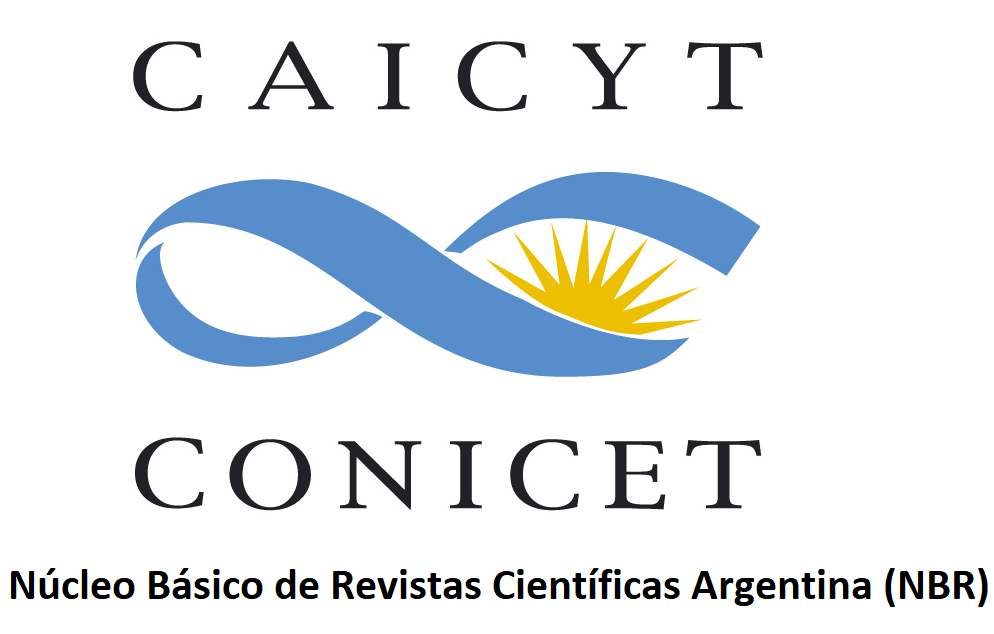On the impacts of flow reversals in the optimal design and operation of pipeline networks
Resumen
The transportation of fluid products across extensive supply chains is usually made by pipelines. Large investment costs in pipelines are only justified if they operate steadily at high utilization levels over long periods of time. That is why building efficient pipeline networks has become a challenging task. One of the most interesting strategies that pipeline operators apply after an abrupt change in the production-demand balance is flow reversal. Reversing the flow of a pipeline segment aims at using the same transportation infrastructure to make products flow in the opposite direction, which can be particularly useful to reduce costs. This work makes use of a generalized optimization framework based on Mixed-Integer Nonlinear Programming (MINLP) models for the design and operation of pipeline networks, to assess the impact of flow reversals. The goal is to optimally connect the nodes and install facilities to gather production and make the products be ready for delivery. Flow direction may be reversed in any pipeline segment over time, but in contrast to previous contributions, changeover costs and additional capital and operational expenditures due to specific pieces of equipment are explicitly accounted for.














